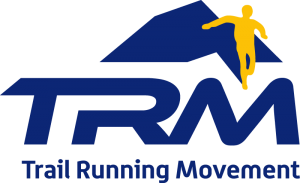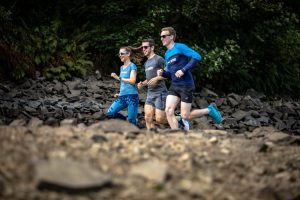
WHY SHOULD YOU MONITOR THE HEART RATE IN TRAIL RUNNING
The Heart Rate in Trail Running is subject to continuous changes compared to road racing. This derives from the changes on the surface on which we run: soil types and inclination percentages. It is sometimes difficult, during training sessions, to keep the attention on your GPS watch but the FC remains the main parameter to be focus on.
Knowing your heart rate allows you to:
- Set the training zones correctly. This assumes that you have adequately calculated your HRMax and the training zones. Be aware that doing so using the formula with reference to your age will lead you to obtain inaccurate data. We suggest you to perform a lactate test and request the elaboration of the heart rate zones for the training sessions, or opt to carry out a series of Test on the flat and on uphill paths under the supervision of a professional coach
- Perform your training sessions with the correct intensity of effort. Many times less experienced athletes run but do not train, rather they expose themselves to the risk of injury. Every workout has a specific purpose: to stimulate the athlete’s qualities and improve performance, recover from a race or intense training, work to fill the gaps. If, for example, you perform a long run remaining for too long in an area that corresponds to an intensity higher your threshold you will end up drastically reducing the speed. The exhaustion of energy will slow you down or lead you to walk … also risking to compromise the biomechanics of running due to excessive fatigue
- Record critical situations in terms of fitness and general health. By knowing your target HR in different situations, at rest, during moderate-intensity workouts, in the heat and in the cold, you will also be able to objectively define if your body is stressed. Variations of 10 Bpm more or less than your standards are an alert to be considered.
TRM athletes are performing continuous tests, both at the beginning of a new plan, to set up their training correctly, and after a certain period to evaluate improvements and fitness. The tests take place mostly outdoors on the flat and on measured uphill paths of different degrees of difficulty.
Lastly, do not forget that heart rate monitoring from your wrist often provides unreliable results. It’s better to use a Chest Strap.
WOULD YOU LIKE TO KNOW MORE ABOUT THE TESTS? CLICK HERE: ALL OUR ATHLETIC TESTS
athletic test, gps watch, Heart rate Monitor, running coaches, trail running, TRAIL RUNNING COACHES, trail running tests, Trail Running Training








